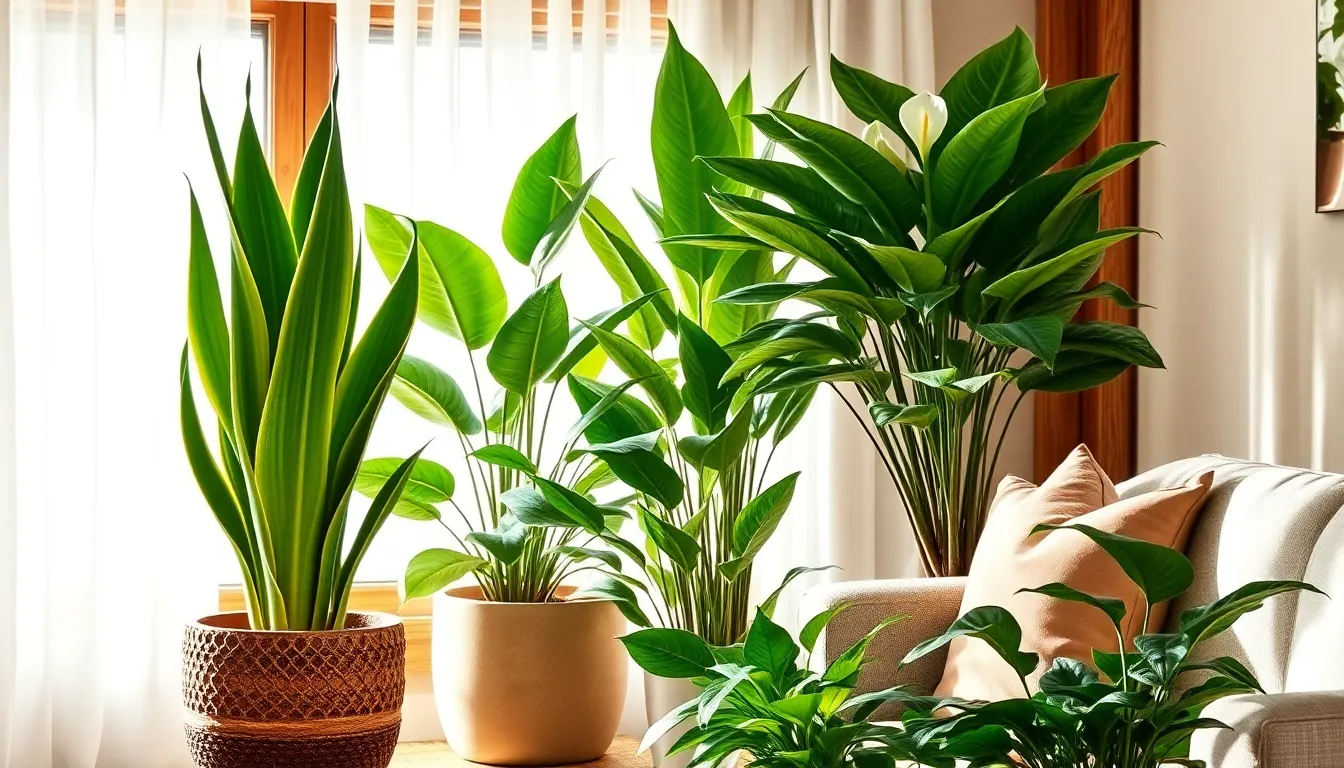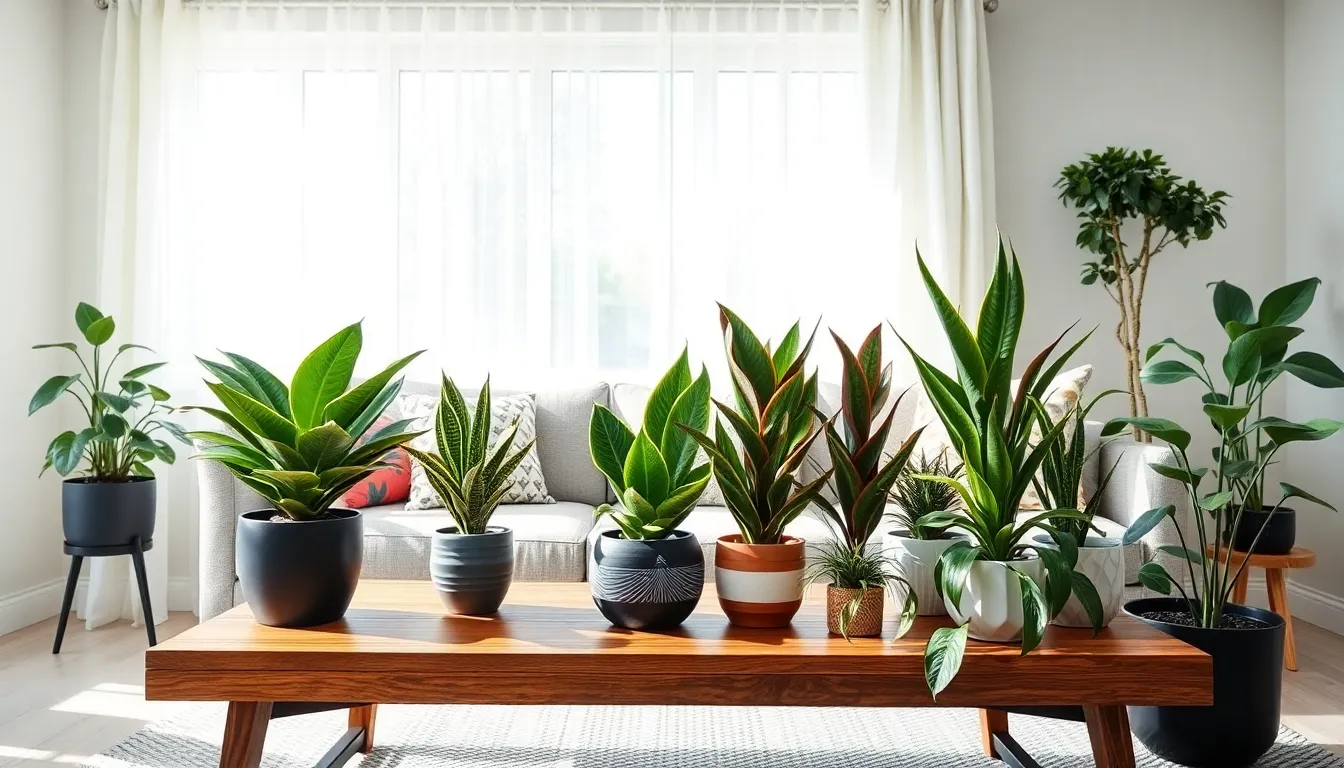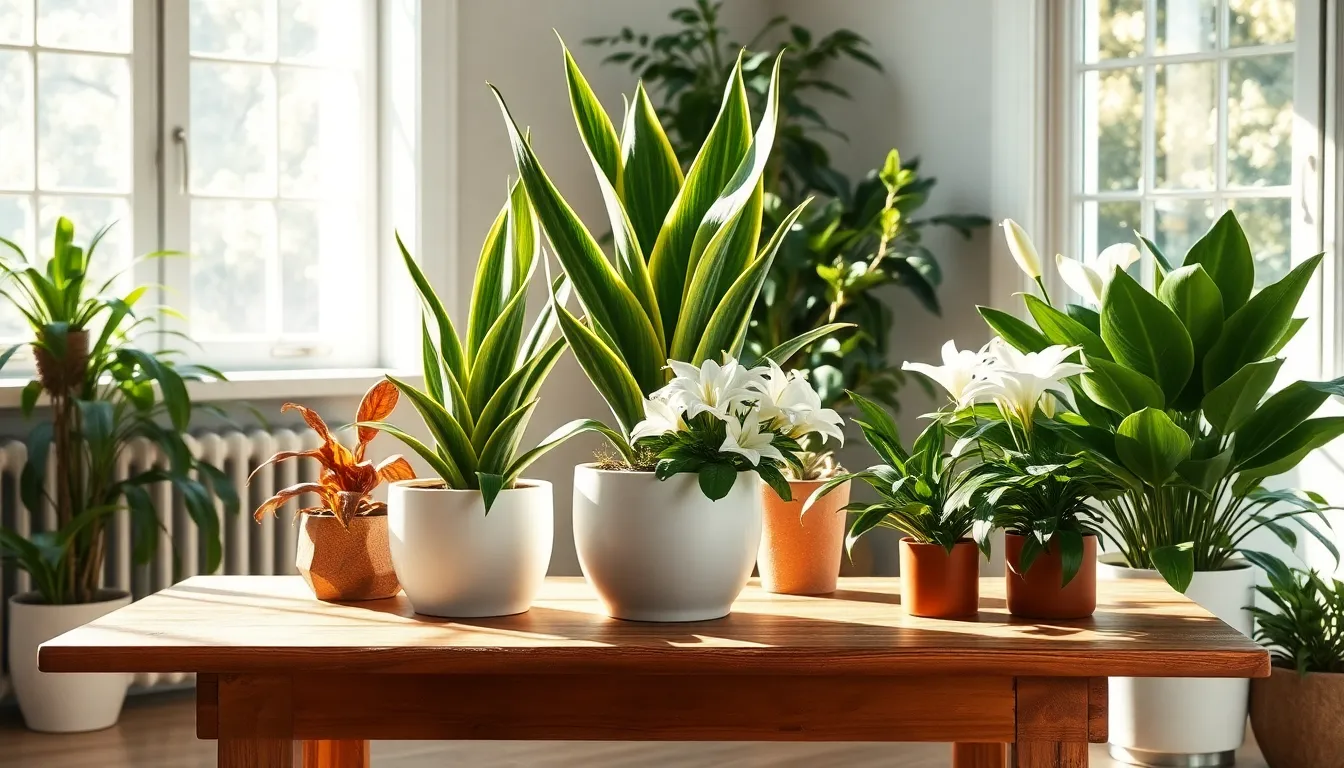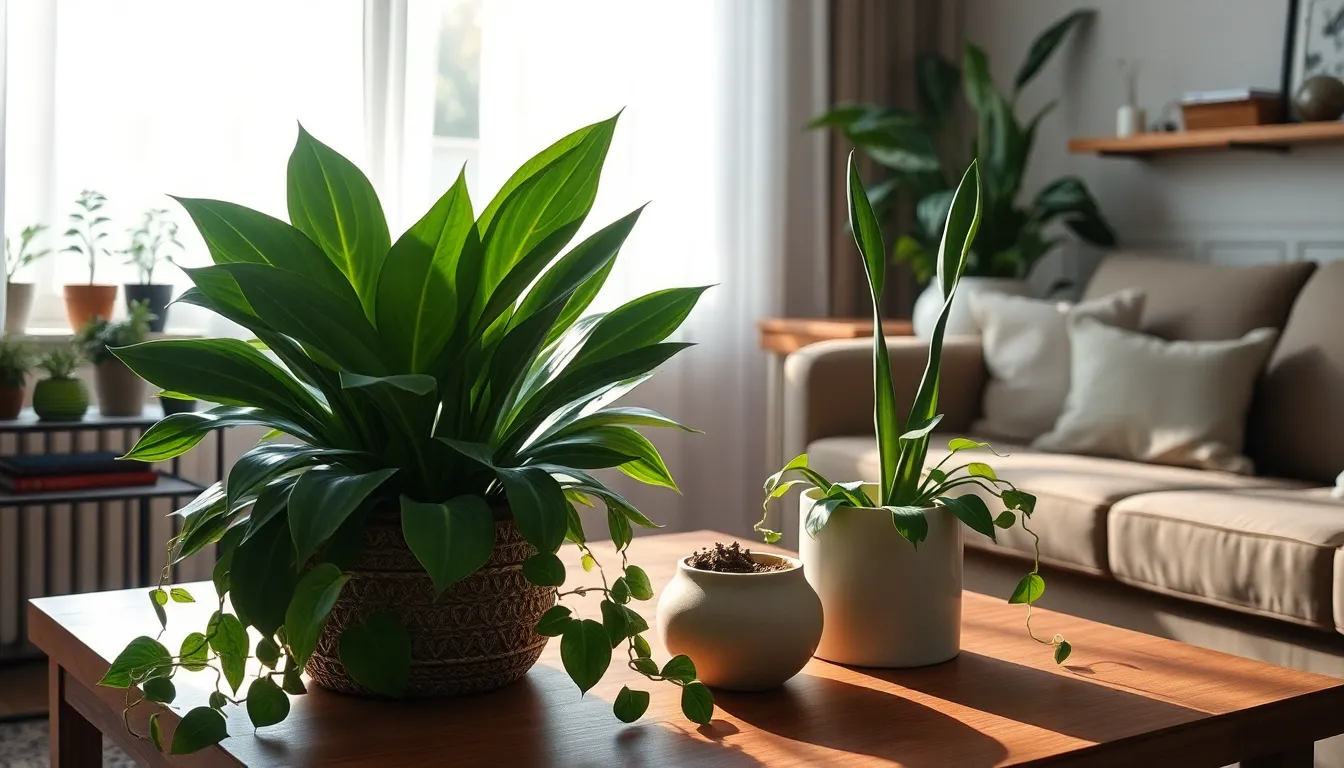Welcome to the verdant world of indoor gardening, where the joy of nurturing nature meets the practical perks of cleaner, fresher air. Whether you’re just starting your journey as a plant parent or you’re a seasoned gardener looking to bring more green into your home, this guide is your ticket to discovering the best indoor plants that not only beautify your space but also purify the air you breathe.
In our bustling modern lives, cultivating a thriving indoor garden can be a sanctuary of peace and well-being. This carefully curated list of air-purifying plants will arm you with the knowledge to transform your home into a healthier haven, boosting your confidence as you watch your new leafy companions thrive.
By choosing the right plants, you can enjoy a harmonious blend of aesthetics and function, making every breath a little sweeter. With practical tips and insights, you’ll soon find that the rewards of nurturing these natural air filters extend far beyond their lush green leaves, as they infuse your home with vitality and tranquility.
Spider Plant (Chlorophytum comosum)
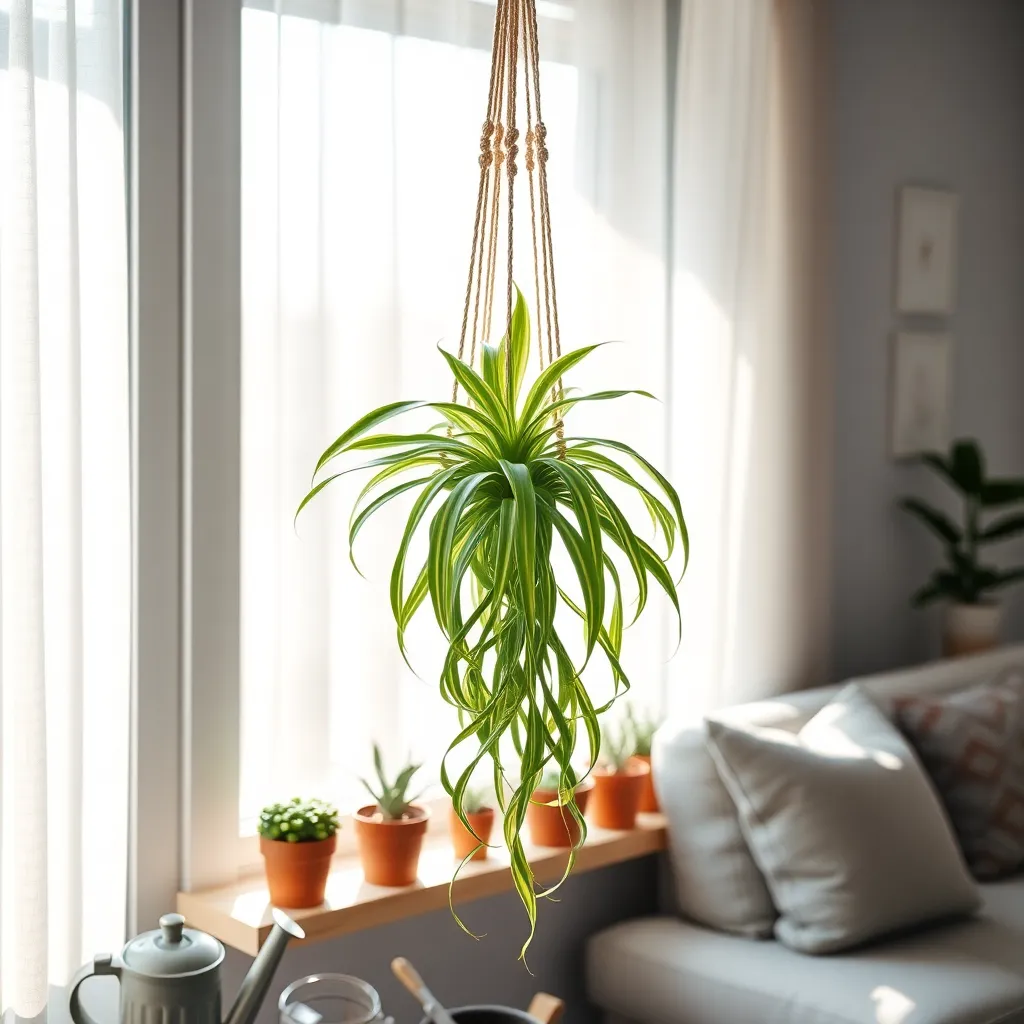
The spider plant, known scientifically as Chlorophytum comosum, is a fantastic choice for those looking to improve air quality indoors. This resilient plant is not only visually appealing with its arching green and white leaves, but it is also effective at removing pollutants such as formaldehyde and xylene from the air.
For those new to gardening, the spider plant is delightfully easy to care for, making it a popular choice among beginners. Ensure it thrives by placing it in bright, indirect light and watering it approximately once a week, allowing the soil to dry out slightly between waterings.
Advanced gardeners might appreciate that spider plants flourish in a well-draining potting mix, such as a combination of peat and pine bark. Regularly check for root rot, a common issue if the plant is overwatered, by ensuring that the pot has proper drainage holes.
To encourage new growth and maintain plant health, consider feeding your spider plant with a balanced liquid fertilizer every couple of months during the growing season. If you’re looking to propagate, simply snip off the baby plants, known as ‘spiderettes’, and place them in water or soil until they develop roots.
Peace Lily (Spathiphyllum wallisii)
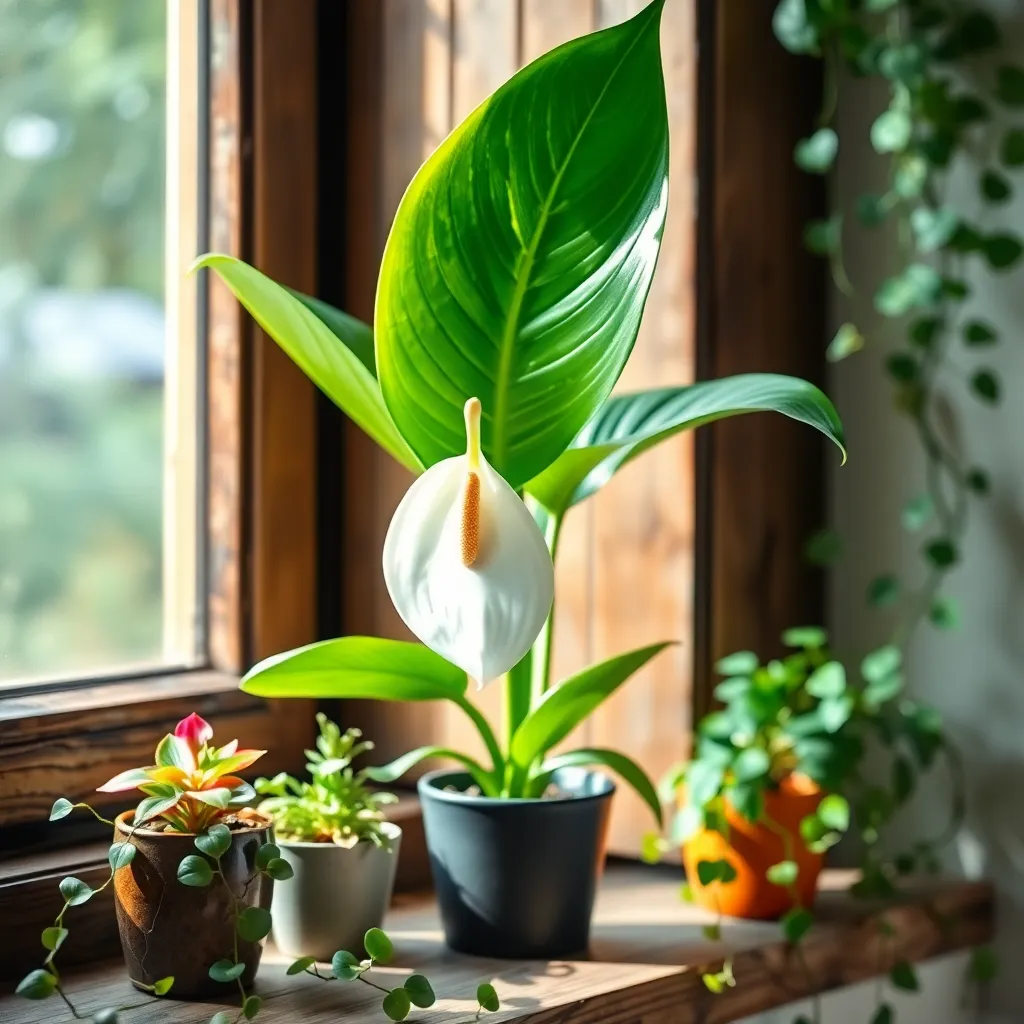
Peace Lily (Spathiphyllum wallisii) is a popular indoor plant known for its ability to purify the air. It thrives in low light conditions, making it ideal for homes and offices with limited sunlight.
When caring for a Peace Lily, it’s important to keep the soil consistently moist but not waterlogged. Use a well-draining potting mix and ensure the pot has drainage holes to prevent root rot.
Peace Lilies prefer a humid environment, which can be achieved by misting the leaves regularly or placing the pot on a tray of pebbles filled with water. For best results, water the plant when the leaves start to droop slightly, as this indicates it’s time for a drink.
For advanced care, fertilize your Peace Lily with a balanced, water-soluble fertilizer every 6 to 8 weeks during the growing season. Prune any yellowing leaves to encourage new growth and keep your plant looking its best.
Boston Fern (Nephrolepis exaltata)
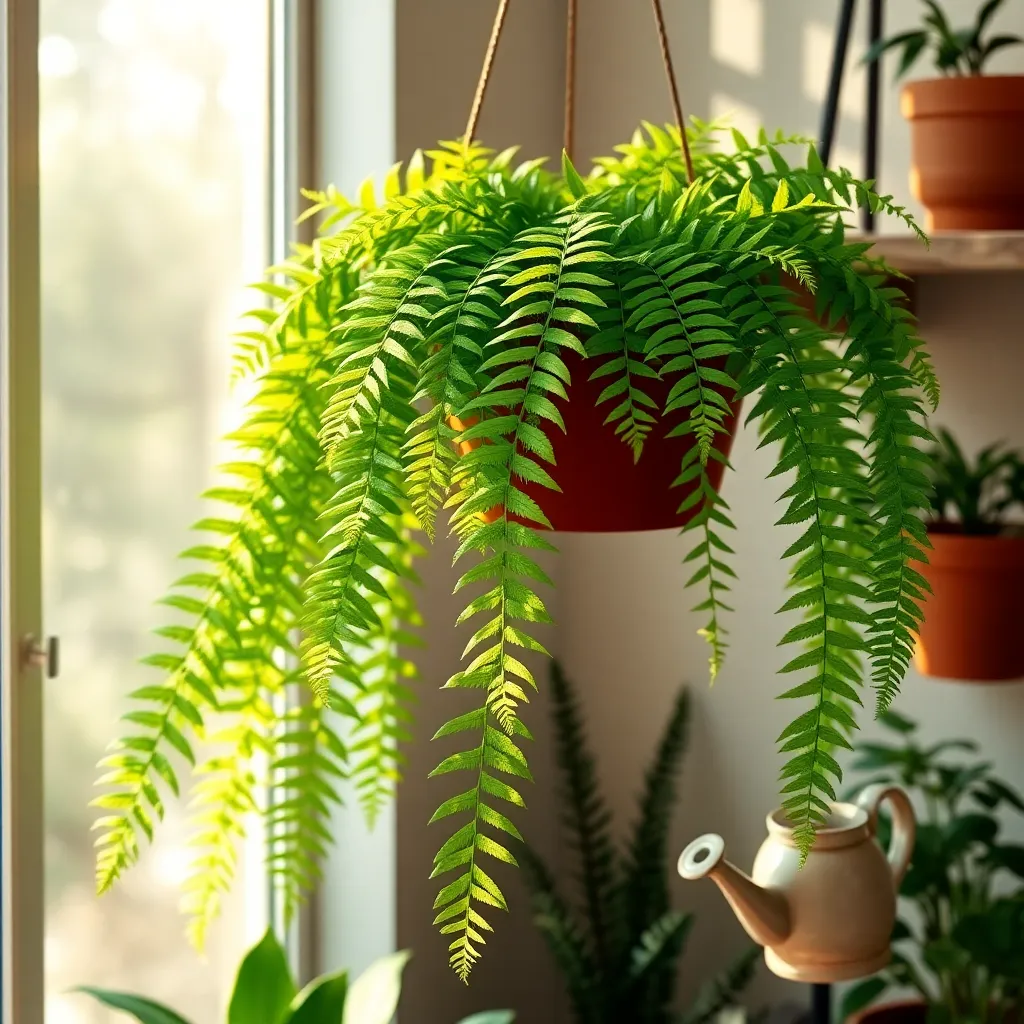
Incorporating a Boston Fern (Nephrolepis exaltata) into your indoor plant collection can significantly enhance air quality. This lush, feathery fern is not only a beautiful addition to any room but also effective at filtering out pollutants like formaldehyde and xylene from the air.
To keep your Boston Fern thriving, it’s essential to maintain high humidity levels. Regular misting or placing a humidifier nearby can help achieve the moist environment that these ferns love, especially during the dry winter months.
Boston Ferns prefer indirect light, so place them near a window with filtered sunlight. Direct sun can scorch their delicate fronds, so a sheer curtain can provide the perfect balance, ensuring they receive enough light without damage.
Watering is crucial for these ferns; the soil should be kept consistently moist but not waterlogged. Check the top inch of soil—if it feels dry, it’s time to water your fern. Using a pot with drainage holes will help prevent soggy roots, which can lead to root rot.
For those looking to take their fern care to the next level, consider occasionally feeding them with a diluted liquid fertilizer during the growing season. This can promote lush growth and a vibrant appearance, making your Boston Fern a standout feature in your indoor garden.
Aloe Vera (Aloe barbadensis miller)
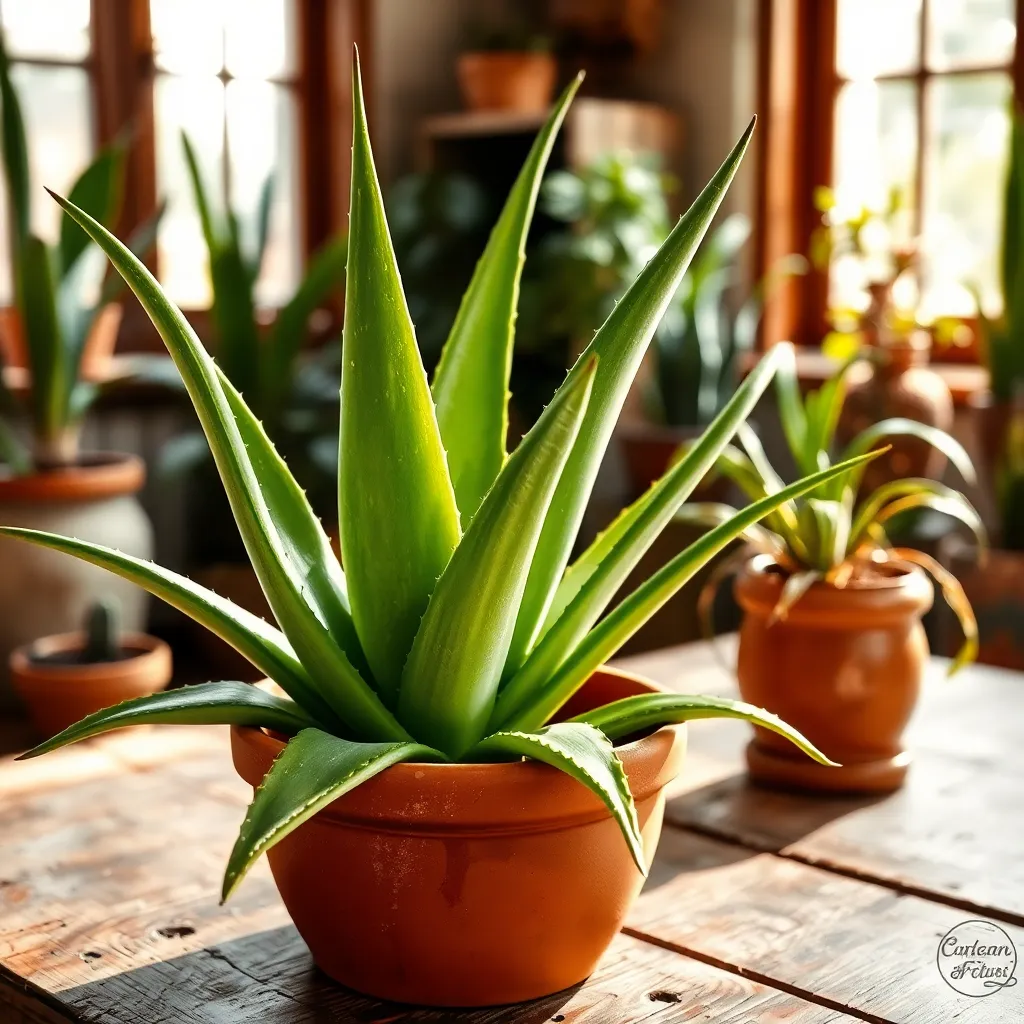
Aloe Vera (Aloe barbadensis miller) is a remarkable indoor plant, known not only for its ability to improve air quality but also for its soothing, medicinal properties. This succulent thrives best in bright, indirect sunlight, making it perfect for a sunny windowsill.
When it comes to soil, Aloe Vera prefers a well-draining mix, such as a cactus or succulent blend, to prevent root rot. Water your Aloe Vera sparingly, allowing the top inch of soil to dry out completely between waterings—typically every 3 weeks.
Beginner gardeners will appreciate Aloe Vera’s low-maintenance nature, while more experienced growers can experiment with propagation. Simply cut a healthy leaf near the base, let it dry for a few days, and plant it in fresh soil to grow a new plant.
Additionally, Aloe Vera’s air-purifying abilities help reduce indoor pollutants, contributing to a healthier living environment. To maximize its benefits, ensure your plant receives adequate sunlight and avoid overwatering, as a stressed plant is less effective in cleaning the air.
Rubber Plant (Ficus elastica)
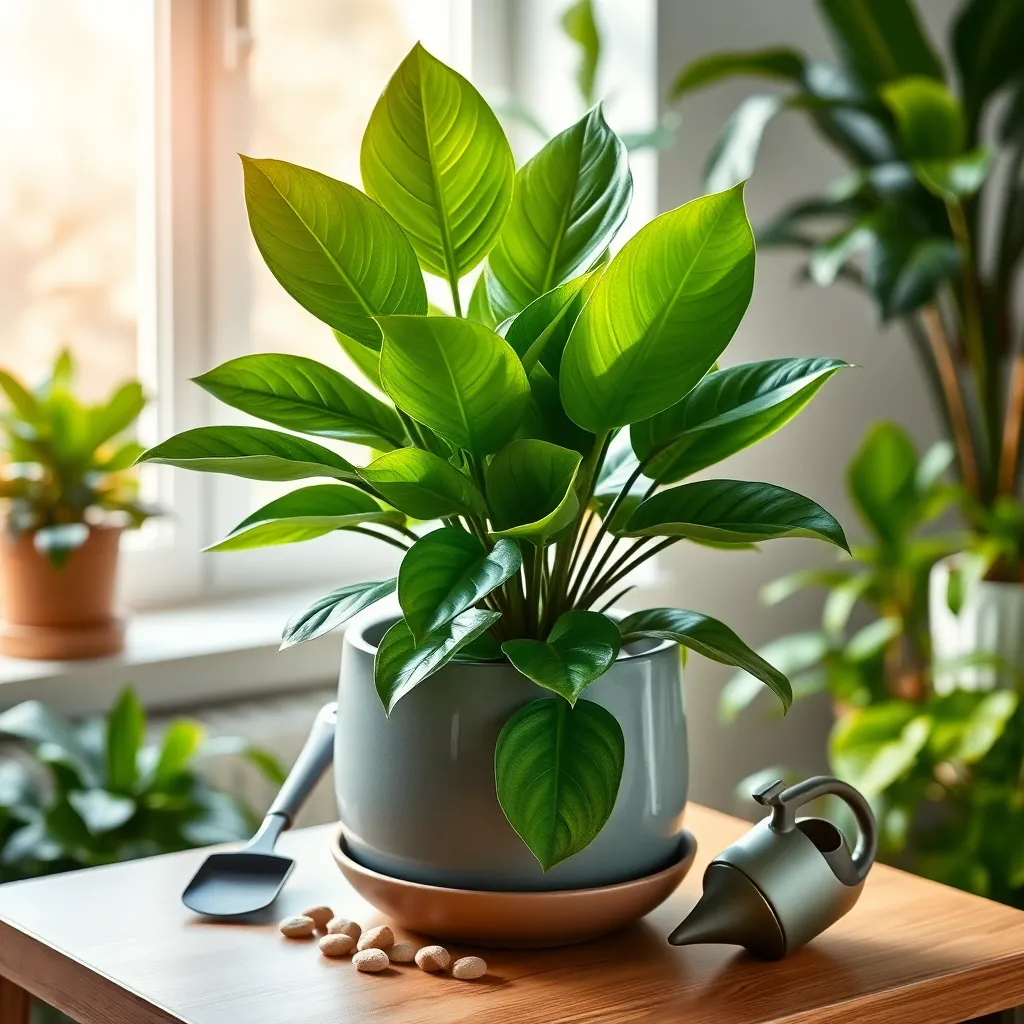
The Rubber Plant (Ficus elastica) is an excellent choice for improving indoor air quality, thanks to its ability to filter toxins such as formaldehyde. With its glossy, broad leaves, it also adds a touch of lush greenery to any indoor space, making it a favorite among houseplant enthusiasts.
Position your Rubber Plant in a spot with bright, indirect light to encourage healthy growth. While it can tolerate lower light conditions, lack of adequate light can cause the leaves to lose their vibrant color and the plant to become leggy.
Watering your Rubber Plant correctly is crucial for its success. Allow the top inch of soil to dry out between waterings, and ensure that the pot has drainage holes to prevent waterlogging, which can lead to root rot.
For optimal growth, use a well-draining potting mix, such as one made for indoor tropical plants. You can improve drainage and aeration by adding perlite or orchid bark to the soil mix.
Advanced gardeners can encourage bushier growth by pruning the plant during the growing season. Simply cut back the stems just above a leaf node to promote branching and maintain a desired shape.
Conclusion: Growing Success with These Plants
As we explored the beautiful synergy between nature and nurturing relationships, we uncovered five key concepts: enhancing emotional well-being through cleaner air, fostering communication with plant care, cultivating patience and nurturing skills, sharing responsibilities to strengthen partnerships, and creating a serene environment that supports intimacy. These insights demonstrate how integrating indoor plants into your living space can elevate not just the air quality, but the quality of your relationships as well.
To take immediate action, consider introducing one or two of the recommended plants into your home this week. Whether it’s a resilient snake plant or a vibrant peace lily, each plant can serve as a gentle reminder of the care and attention your relationships deserve.
Remember, this article is a valuable resource to refer back to on your journey towards a more harmonious home. Bookmark it now to keep these insights at your fingertips.
Looking ahead, let the growth you nurture in your indoor garden mirror the growth in your relationships. With each step you take, you are building a foundation of love and support that will flourish for years to come. Your journey to relationship success starts today—embrace it!

